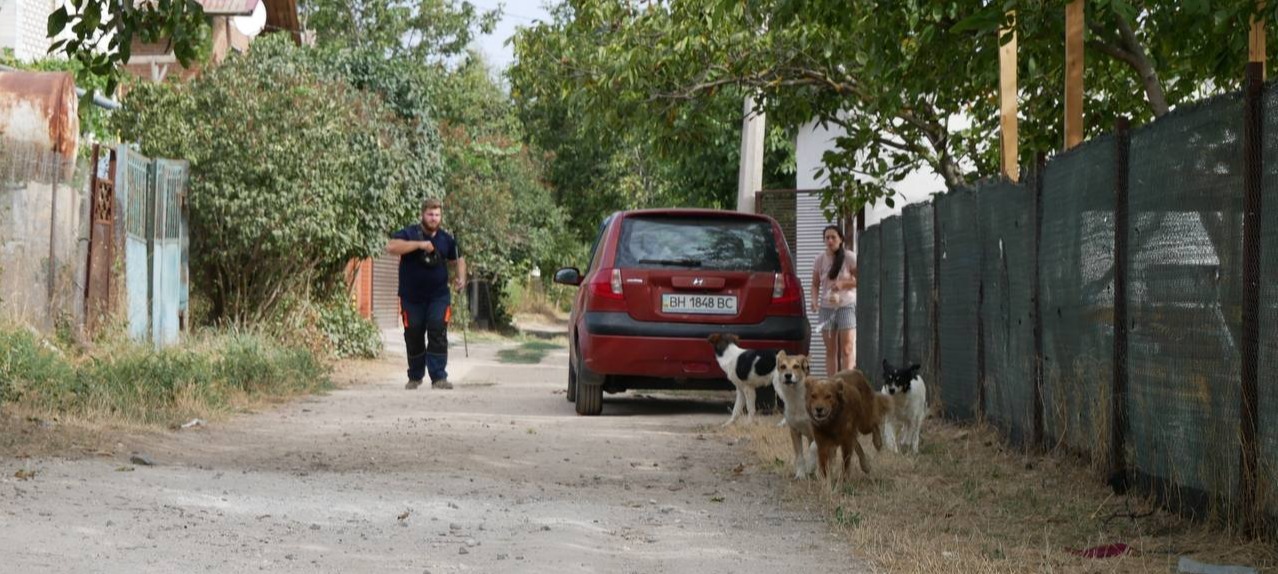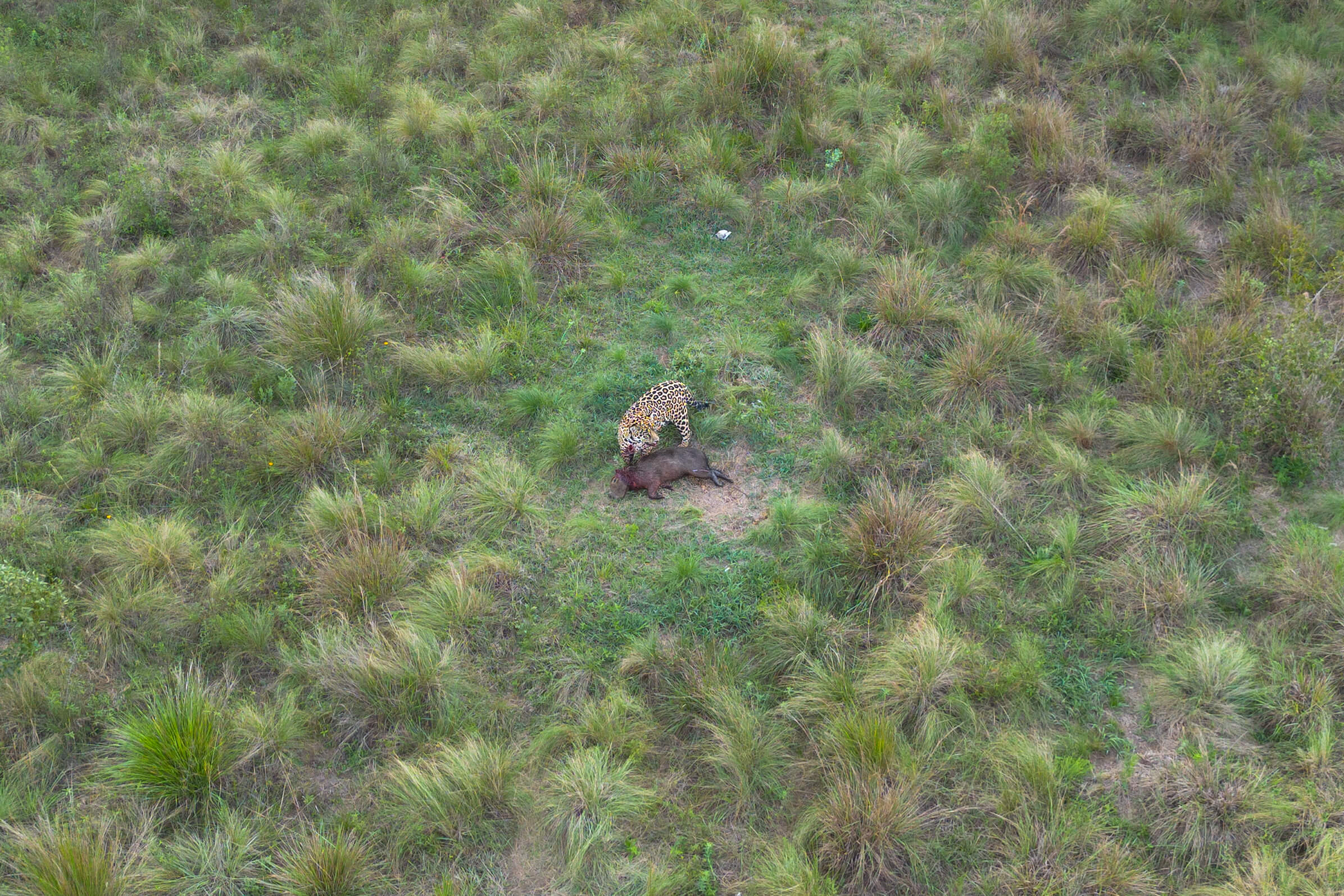Immobilizing a wild animal for a 15-minute procedure can be challenging in itself. There is a lot to keep track of to ensure both the animal's welfare and human safety. But when it's not a 15-minute operation, but anaesthesia lasting up to 11 hours, the complexity increases dramatically.
In such cases, an experienced wildlife anaesthetist is needed, and Aleksandr Semjonov is often the one who gets the call. He works as a senior veterinary anaesthesiologist at the Estonian University of Life Sciences and head veterinarian at Tallinn Zoo, but regularly travels to teach wildlife anaesthesia or perform complex anaesthesia procedures.

Severe dental problems
Often, there is one particular problem that recurs.
“One of the main issues that we deal with is dental problems. Animals like walruses, elephants, rhinos, and big carnivores can develop dental issues, especially in captivity. Take walruses, for example. Usually, they support themselves with the tusks to get out of the water, but zoo enclosures are often made of concrete, and there’s a great risk that this will cause the tusks to crack at some point. Then they develop severe dental problems, and we need to remove the whole tusk,” says Aleksandr Semjonov.
According to Aleksandr Semjonov, anaesthetizing large marine mammals, such as walruses, is one of the most challenging tasks.
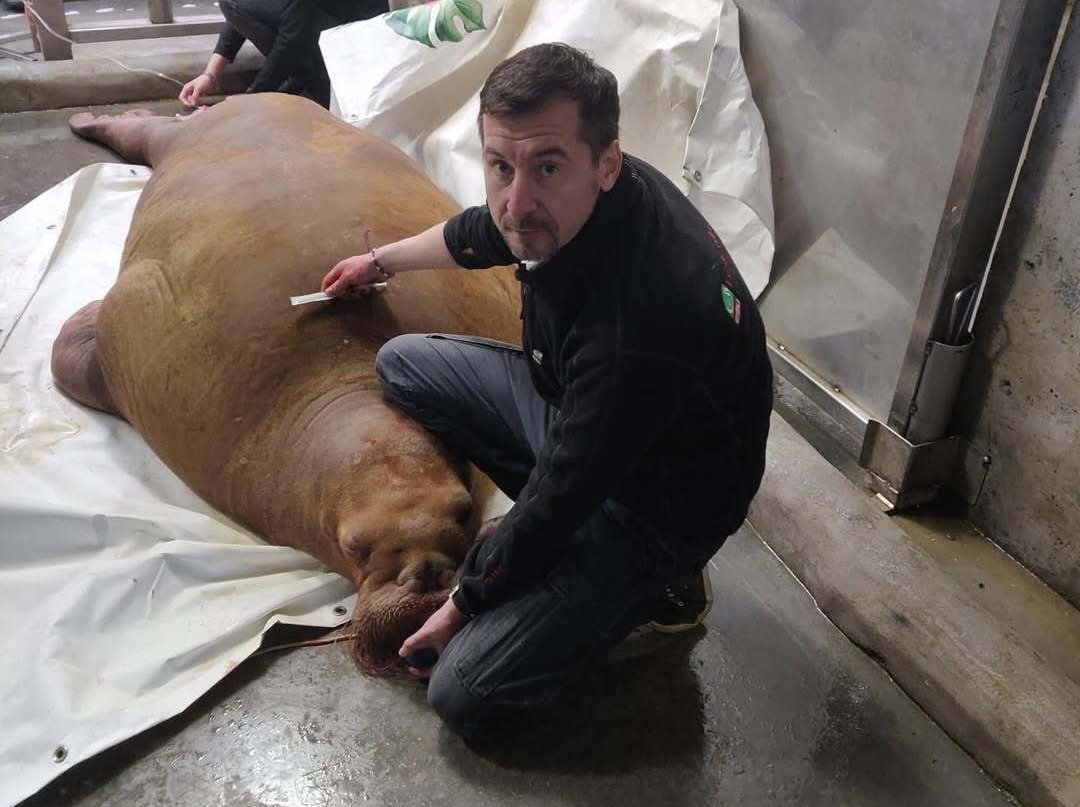 "Apart from the fact that walruses are very large animals, and you have to deal with their diving reflex, for example, the challenge is that there is virtually no experience to draw on. There are no more than about 30-40 walruses in captivity in the world, so it is not a common procedure. So when I had to anaesthetise my first walrus, I had to start from scratch and extrapolate from my experience with seals and sea lions, among other things. It was quite a difficult challenge, but we managed.”
"Apart from the fact that walruses are very large animals, and you have to deal with their diving reflex, for example, the challenge is that there is virtually no experience to draw on. There are no more than about 30-40 walruses in captivity in the world, so it is not a common procedure. So when I had to anaesthetise my first walrus, I had to start from scratch and extrapolate from my experience with seals and sea lions, among other things. It was quite a difficult challenge, but we managed.”
The love of elephants
However, there is another animal with tusks that is closest to Aleksandr Semjonov's heart, and that is the elephant. The walls of his office are adorned with pictures of this magnificent animal, and he spends part of his time working for the Elephant Dental Group, a collection of veterinarians and specialists who volunteer their time to advise zoos around the world on the treatment of elephants' dental issues.
“I love elephants. They're very specific animals and are really intelligent. Unfortunately, we have many problems with elephants around the world, as they live with chronic pain caused by cracks or severe inflammation in their tusks. Sometimes, they endure this pain for years because people don't realize it's manageable or that we can remove the tusk,” Aleksandr Semjonov explains.
However, it is a difficult procedure, which is why Aleksandr Semjonov and others from the Elephant Dental Group are often asked to perform it:
“In Africa, it is very common to dart an elephant and knock it down for 15 minutes for wound treatment or collaring. But a tusk extraction can take up to 8 -11 hours, so it's a totally different operation where you have to consider artificial ventilation of the animal and so on."
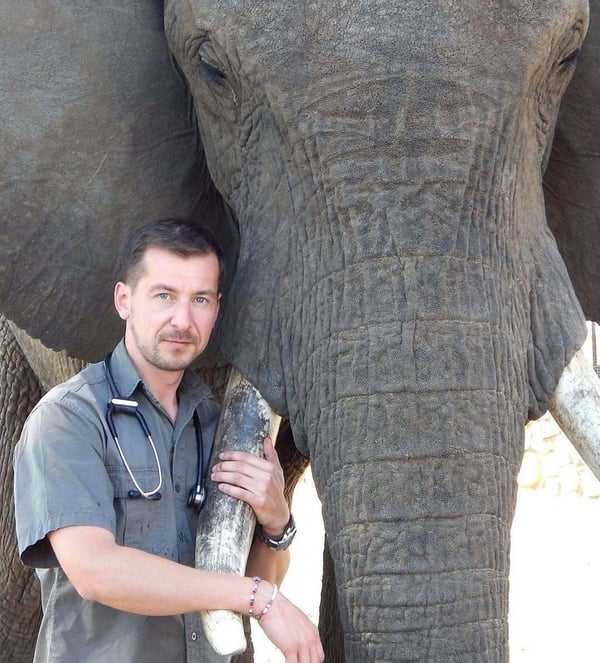
Pain relief with immediate effect
Aleksandr Semjonov recounts a particularly demanding task in Vietnam, where an elephant had to have both tusks removed:
“As far as I know, it was the only time that an elephant had both tusks removed in three days. We took the first tusk out on day 1, gave the elephant a break on day 2, and then another anaesthesia on day 3.”
“After we do a tusk extraction like that, we see in the next few days that the behaviour of the animal changes so much because of the relief of the pain. They are much more playful and want to be much more social. So yes, it's difficult and it needs a lot of preparation and proper equipment, but you really see the results immediately.”
Can’t afford to miss a shot
When Aleksandr Semjonov is called out for this type of task, he is often offered to borrow equipment, but he always prefers to use his own.
“If I fly somewhere and people tell me that, don't worry, we have a monitor or a rifle that you can use, but I still bring my own, which I know I can rely on. Usually, I get only one shot because the animal is maybe nervous and running around, and I can’t afford to miss that shot due to the scope being damaged or something similar.”
“Your darting equipment is a bit like your toothbrush. It’s very individual, and I don't give my rifle to anyone else to play with. I prefer to use my own DANiNJECT rifle; I know how it’s cleaned and maintained, and that there is always a charged battery in the red dot sight, and so on. So in this way, I wouldn’t blame anyone else if something goes wrong, because it’s my responsibility.”
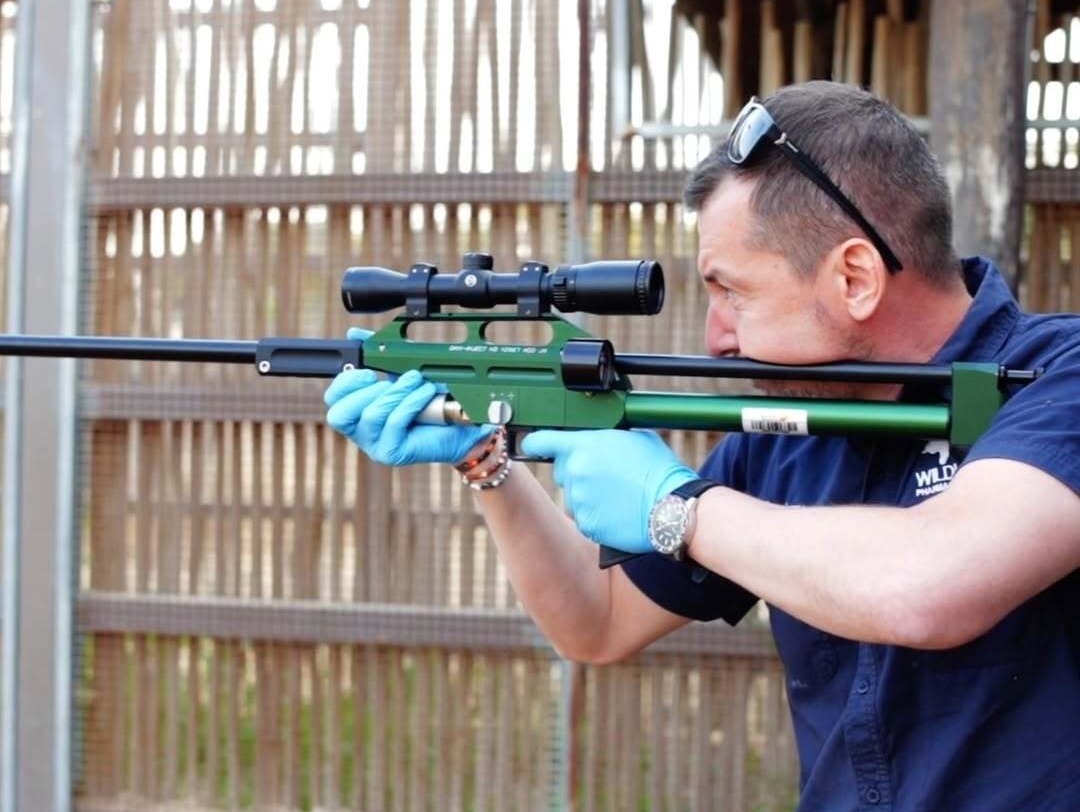 Apart from reliability, Aleksandr Semjonov highlights the advantage of DANiNJECT darts being transparent.
Apart from reliability, Aleksandr Semjonov highlights the advantage of DANiNJECT darts being transparent.
“I can clearly see how much of the drug was injected. I can evaluate the effect without having to wait 15 minutes and find out that a dart may not have gone off.”
More friendly to the animal
One of the most important aspects, however, is animal welfare.
“I really believe that DANiNJECT equipment is more friendly for the animal. It's much softer and doesn’t hurt the animal as much as other equipment tends to do. That’s actually why I don’t like to dart elephants with heavy equipment that might damage their tissue. You can simply see in their face that they are disappointed if you cause them pain, so I want to do it as softly as possible,” he says.
Photo credit: Aleksandr Semjonov

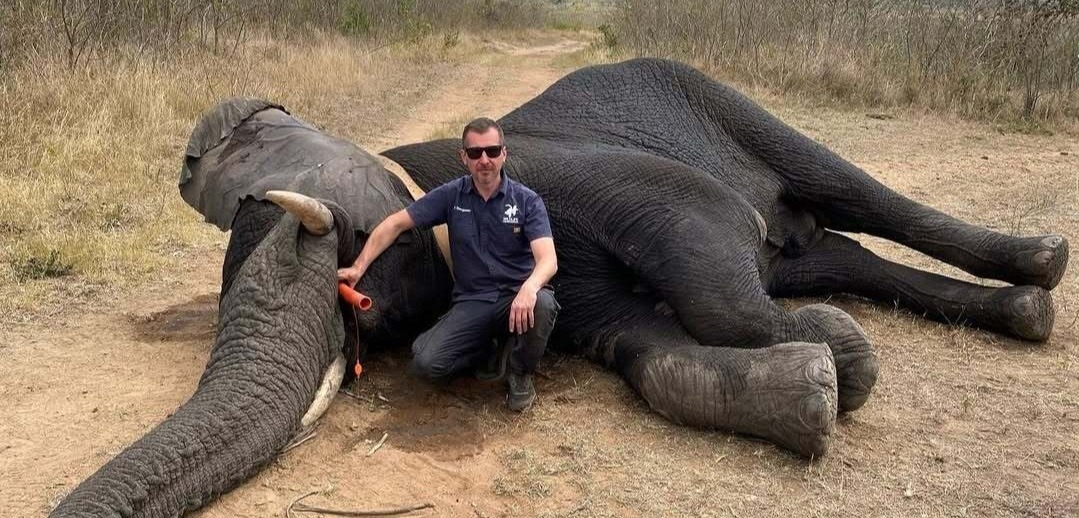
.jpg)
